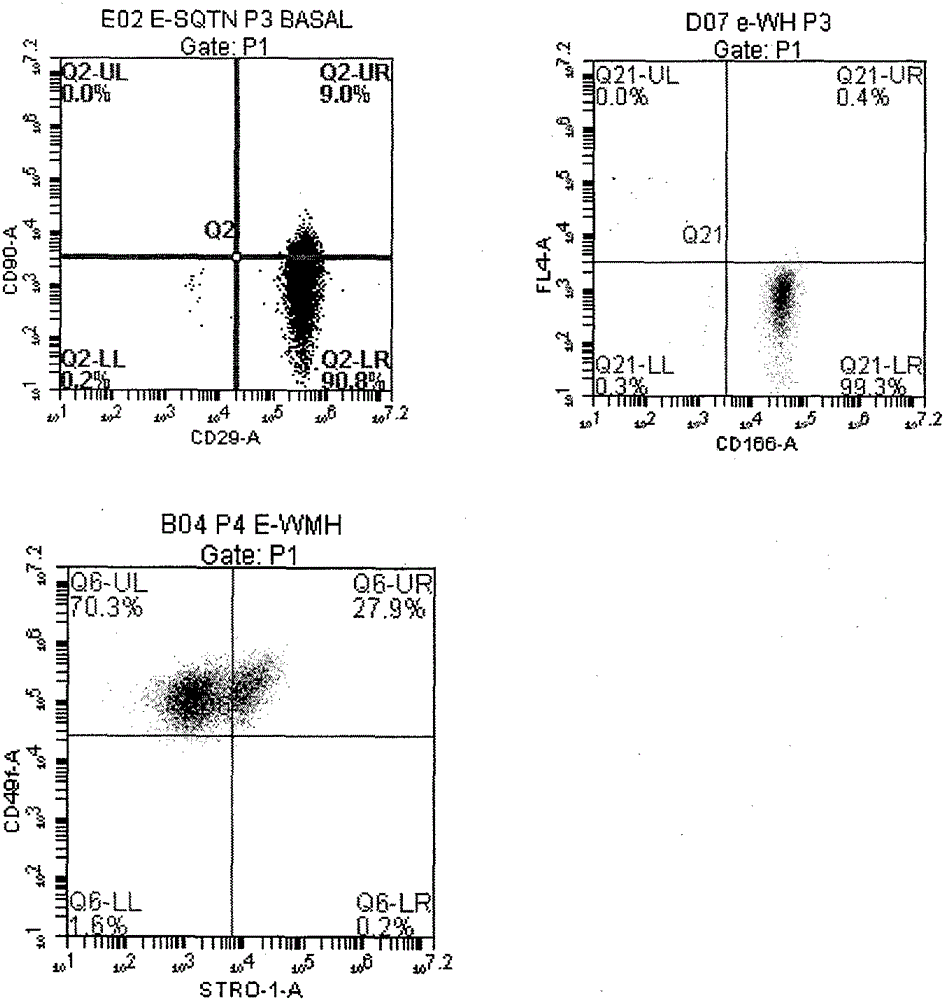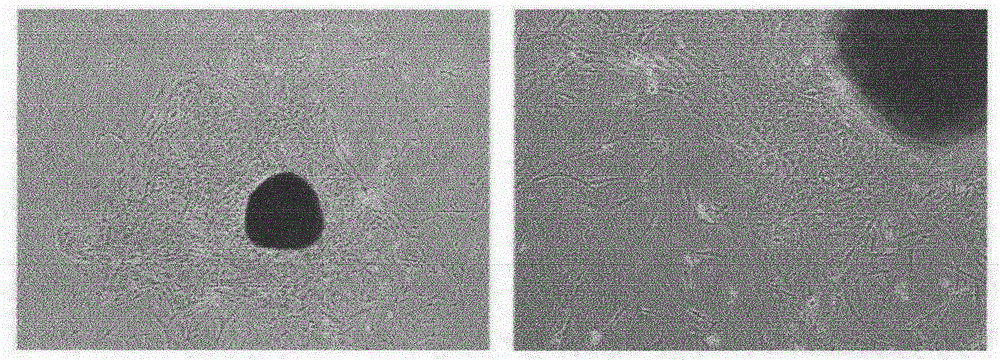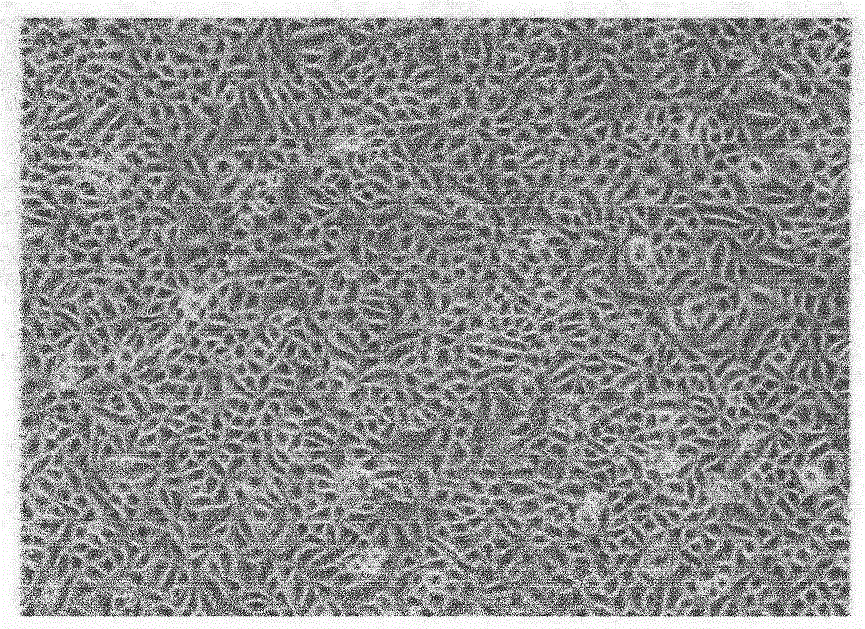Method of preparing hepatic cells by using human minor salivary gland epithelial stem/progenitor cells and application of method
A technology of epithelial cells and minor salivary glands, applied in artificial cell constructs, non-embryonic pluripotent stem cells, artificially induced pluripotent cells, etc. The effect of strong amplification ability, wide distribution and hidden donor area
- Summary
- Abstract
- Description
- Claims
- Application Information
AI Technical Summary
Problems solved by technology
Method used
Image
Examples
Embodiment 1
[0043] Materials: Human minor salivary glands are derived from the minor salivary gland tissues of patients who need to be resected during clinical operations. After surgical resection, they are placed in centrifuge tubes pre-added with complete medium and stored at 4°C.
[0044] Pretreatment and cutting of minor salivary gland tissue: transfer the tissue to a petri dish, use small scissors to remove excess connective tissue, separate the complete minor salivary gland, absorb all the liquid in the petri dish, and use ophthalmic scissors to cut it into approximately 1mm 3 of pieces.
[0045] In the process of cutting the minor salivary gland tissue in the pretreatment, after the tissue is transferred to a petri dish, the culture solution of thistle extract can also be added to the petri dish, soaked for 10 minutes, and the excess connective tissue is removed with small scissors, and the obtained Complete minor salivary glands, suck all the liquid in the petri dish, and cut it ...
Embodiment 2
[0072] Example 2: Cell Hepatogenic Induction
[0073] Matrigel preparation: use the night before inoculating cells into the Matrigel3D culture system, dissolve Matrigel at -20°C in a 4°C environment. On the second day, Matrigel was dissolved into a liquid state and operated in an ice box. All experimental equipment and consumables used had to be pre-cooled at 4°C before use. Mix Matrigel and epithelial cell culture medium at a ratio of 2 to 1, add to a 24-well cell culture plate, 350ul per well, and spread out. Place it in a 37°C cell culture incubator. After about 30 minutes, Matrigel solidifies into a gel and can be used for seeding cells.
[0074] Cell preparation: The primary cultured epithelial stem / progenitor cells from small salivary gland tissue were expanded and cultured to P4 for hepatogenic induction experiments. When the P3 cells reached 80-90% confluence, the original medium in the culture flask was aspirated, the cells were washed twice with 1×PBS, and the PBS ...
PUM
| Property | Measurement | Unit |
|---|---|---|
| quality score | aaaaa | aaaaa |
Abstract
Description
Claims
Application Information
 Login to View More
Login to View More - R&D
- Intellectual Property
- Life Sciences
- Materials
- Tech Scout
- Unparalleled Data Quality
- Higher Quality Content
- 60% Fewer Hallucinations
Browse by: Latest US Patents, China's latest patents, Technical Efficacy Thesaurus, Application Domain, Technology Topic, Popular Technical Reports.
© 2025 PatSnap. All rights reserved.Legal|Privacy policy|Modern Slavery Act Transparency Statement|Sitemap|About US| Contact US: help@patsnap.com



